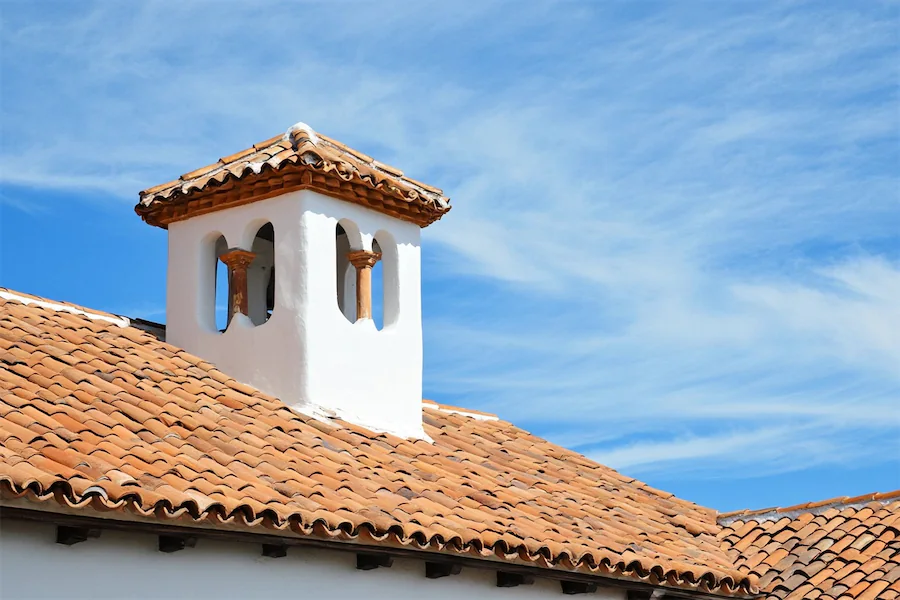Spanish Colonial architecture, which flourished during the Spanish colonization of the Americas, is renowned for its distinctive roofing styles that blend functionality with aesthetic appeal.
History and Origins of Spanish Colonial Roofs
The Spanish Colonial style emerged in the 16th century as Spanish settlers adapted their architectural traditions to the new environments of the Americas. This adaptation led to the incorporation of locally available materials and construction methods, resulting in unique regional variations. The roofs, in particular, were designed to address the climatic challenges of these diverse areas.
Key Features of Spanish Colonial Roofs
Spanish Colonial roofs are characterized by several distinctive features:
- Red Clay Tiles: One of the most distinguishing characteristics is the use of red, clay tiles. These tiles are not only aesthetically pleasing but also practical, as they help keep homes cool in hot climates.
- Low-Pitched or Flat Roofs: Depending on the region, Spanish Colonial roofs can be completely flat or slightly pitched. Flat roofs are more common in arid areas, while low-pitched roofs are found in regions with more rainfall.
- Overhanging Eaves: The roofs often feature overhanging eaves, which provide shade and protect the walls from rain. This design element contributes to the overall durability and comfort of the structure.
Applications of Spanish Colonial Roofs
The roofing styles of Spanish Colonial architecture have been applied to various types of structures:
- Residential Homes: Many homes built in the Spanish Colonial style feature these characteristic roofs, contributing to a cohesive and historically rich aesthetic in neighborhoods.
- Public Buildings: Structures such as churches, schools, and government buildings have also adopted Spanish Colonial roofing styles, reflecting the enduring influence of this architectural tradition.
Considerations When Choosing Spanish Colonial Roofs
When selecting a Spanish Colonial roof style, consider the following factors:
- Climate Compatibility: Ensure that the roofing design is suitable for the local climate, particularly concerning rainfall and temperature variations.
- Material Availability: Access to authentic materials, such as clay tiles, is essential for maintaining the traditional appearance and functionality of the roof.
- Architectural Harmony: The roof should complement the overall design of the building, including elements like stucco walls and arched doorways, to achieve an authentic Spanish Colonial look.
Conclusion
Spanish Colonial roofs are a defining feature of this architectural style, combining beauty and practicality. Their distinctive design elements not only enhance the aesthetic appeal of a structure but also provide functional benefits suited to various climates. When thoughtfully integrated, Spanish Colonial roofs contribute to a harmonious and inviting built environment.
